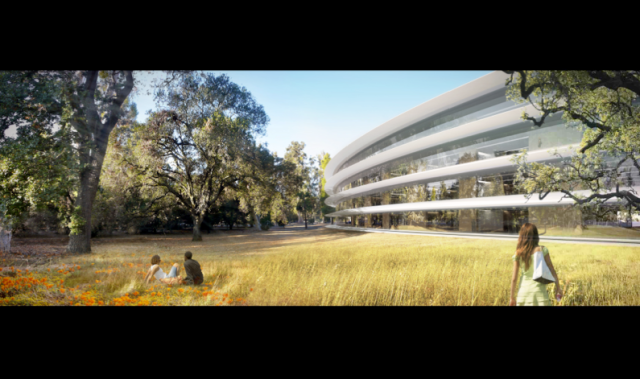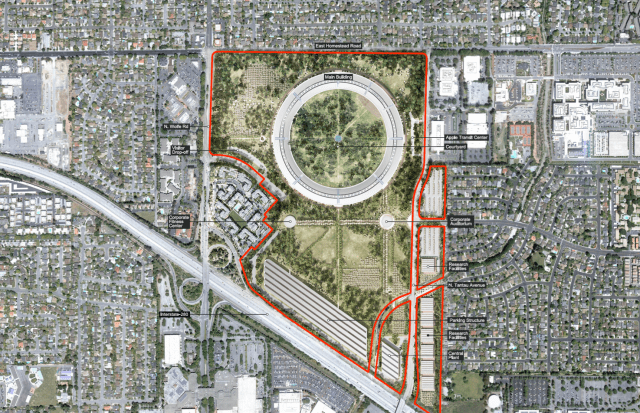flynnibus
Premium Member
Also, a city planned out in advance, would save money in terms of burying utilities underground (little storm damage), and having an affordable and easy to maintain public transit system. Are you assuming that a city which grows like a weed is more efficient than a planned city? It's all about long term savings, and a beautiful city with parks can boost productivity.
I'm saying a city needs a reason to exist and reasons to be there (vs elsewhere). Just saying 'lets build a city!' isn't a reason that will be self-sustaining. The fuel of the economy of the city is the live and die of a city. You can't hinder that too much or the city has no more reason to exist. You can't just 'wish' one to work or build one that the reason it's there is 'its pretty!'.





